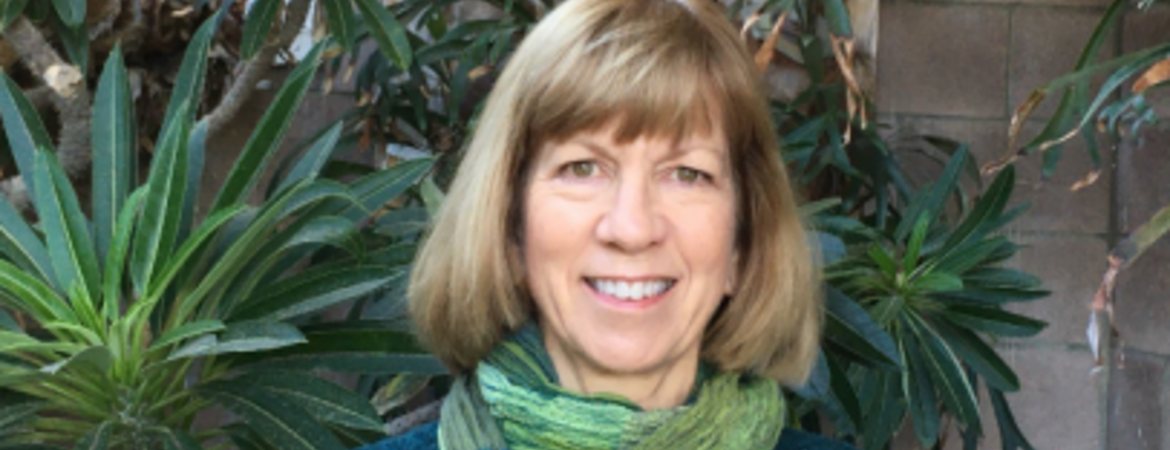
Summers are usually quiet in the Gardens; campus slows down after the quarter ends, visitors avoid the heat of midday, and we use the time to catch up on tasks and take some time off. This summer was an exception for one eventful week in July when our first corpse plant bloomed! As you can read in our cover story this is an unexpected and hugely gratifying event for any botanic garden, and we were all delighted that at nearly 20 years of age our Little Miss Stinky produced not a leaf but a huge inflorescence. Be sure to visit the CNAS page dedicated to Little Miss Stinky at https://cnas.ucr.edu/corpse-plant.
As a botanist I follow news of corpse plants blooming in other botanic gardens, but it is challenging to see one fully open since the window of opportunity is about 24-36 hours. Happily, Little Miss Stinky was my first experience seeing one open and I was not disappointed. Several of us spent hours just watching her grow and expand, even holding an impromptu midnight “watch party” with beach chairs and popcorn.
An event like this deserves to be shared, but we had little time to prepare. It was therefore gratifying to us to experience an enormous positive response from campus to this rare and wonderful event. Big thanks go to the Gardens staff and volunteers; CNAS Dean Uhrich; Joann Young, CNAS Director of Communications; staff at UCR Communications, ITS, UCRPD, and TAPS; and Chancellor Wilcox and Diane Del Buono. All their support enabled us to record this exciting event in real time, time lapse, and video and to host a quickly but well-organized open day for the public to visit Little Miss Stinky.
This event has more strongly connected us to the large network of public gardens and arboreta in North America, some of which also had corpse plants bloom this year in what has been called a “corpse plant super bloom.” Many people expressed to us their delight at finally seeing one open after trying for years to do so. As members of the UCRBG you have access to a network of North American gardens through the American Horticultural Society’s Reciprocal Admissions Program (https://gardens.ucr.edu/friends). Whenever you travel away from home be sure to log in and find the nearest participating botanic garden (and there are over 345!) so you can plan your visit, usually at no charge.
Invigorated by our botanic and engagement activities, we are looking forward to the coming year in the Gardens. As always, please stay connected through our website, eNews, and social media, and send your thoughts and feedback to me at bgdirector@ucr.edu or 951-827-7095.